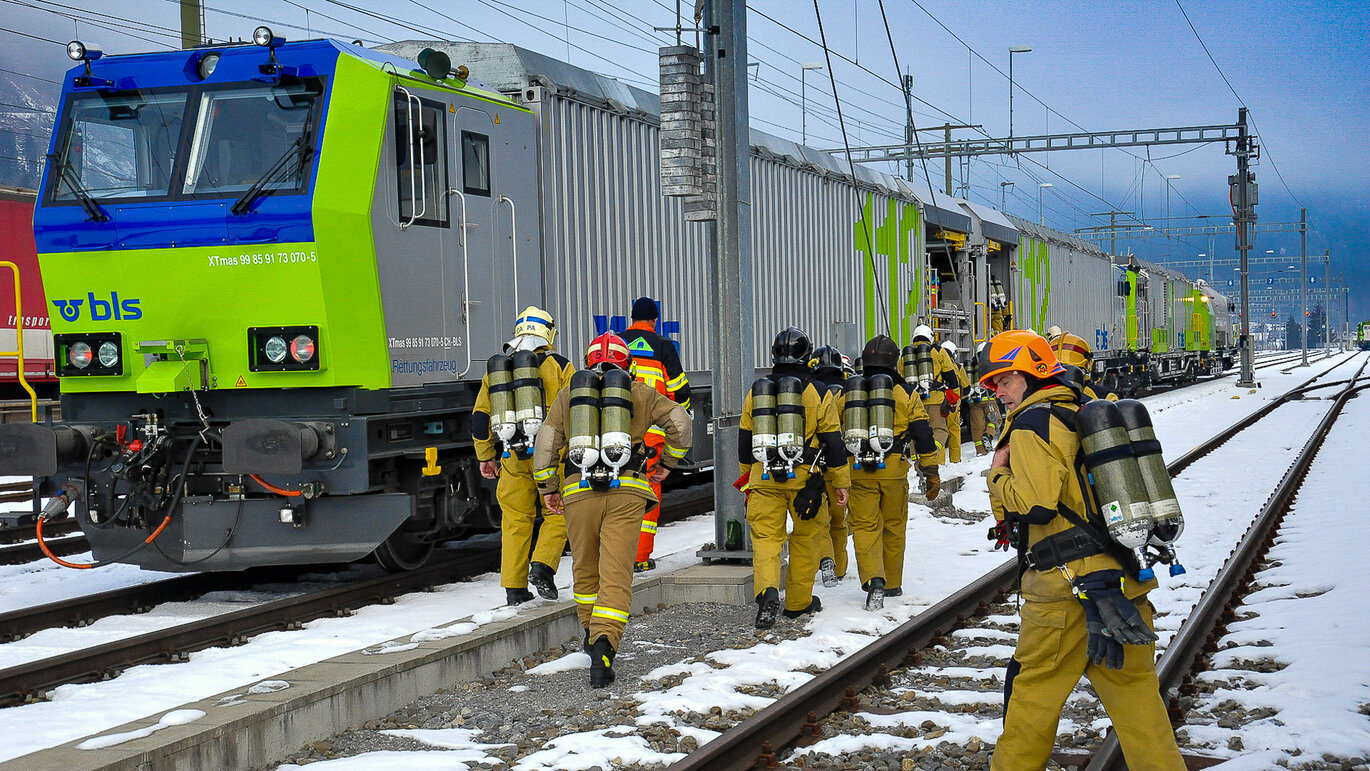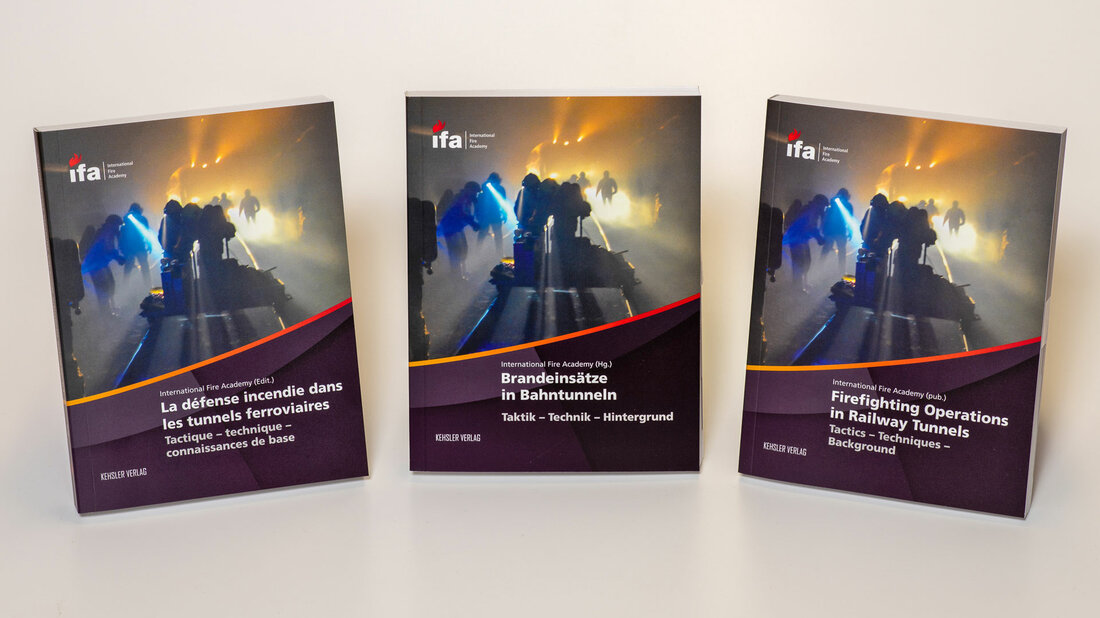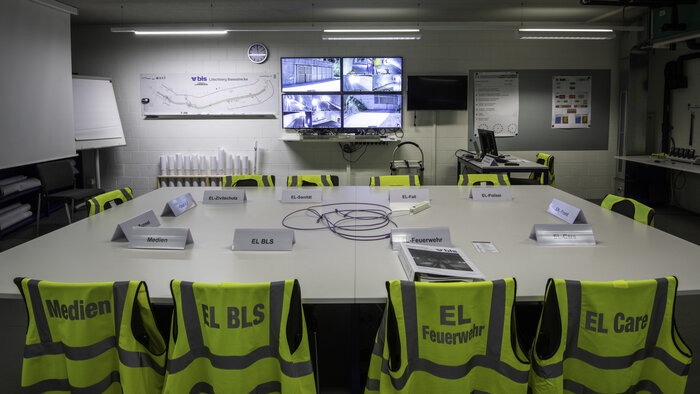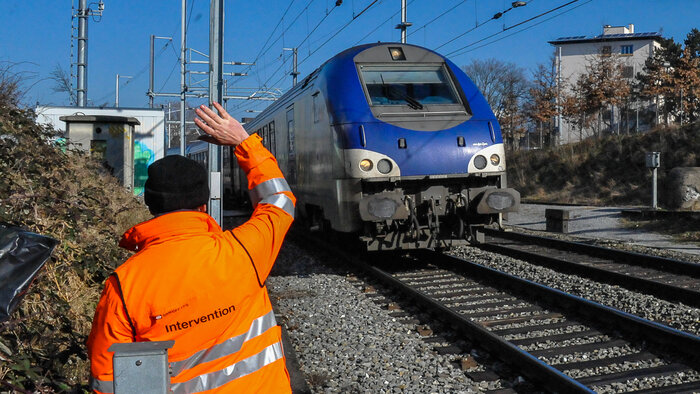For Switzerland, a rule on safety for operations on railway infrastructure has been reworded. The most significant change: Previously, it was stated that emergency personnel were only allowed to work in the danger zone when «railway traffic has been discontinued». From now on, the wording is «track closed». This article presents the new safety rule for Switzerland, explains the reasons for the change and advises on practical implementation.
Safety rules in Switzerland binding basis for training
The safety rules for fire services are integral to the Swiss Railway Tunnel Firefighting Procedure. The procedure was developed by the Didactics and Development Team (DDT) of the International Fire Academy together with firefighters and railway representatives and approved by the Swiss Fire Service Inspector Conference as a binding training basis. In practice, it became apparent that a safety rule could be misunderstood, which is why the DDT reworded it.
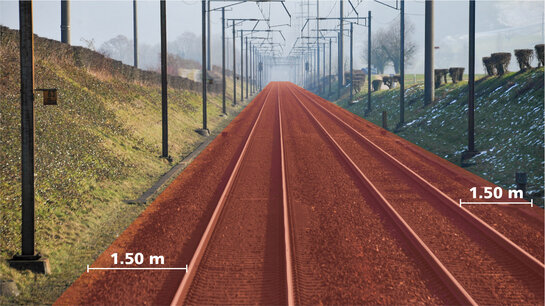
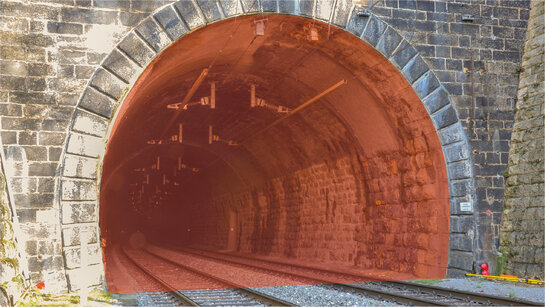
From «railway traffic discontinued» to «track closed»
Until now, the safety regulations specified three requirements for working in the danger zone (see diagrams) of tracks and railway tunnels:
- Discontinued railway traffic
- Switched off overhead line
- Grounded overhead line
Now, the following is required:
- Track(s) closed
- Switched off overhead line(s)
- Grounded overhead line(s) on both sides

«Track closed» does not mean danger-free
In practice, the phrase «railway traffic discontinued» can lead to misunderstandings. On the one hand, the term is not a defined operating status with Swiss railway services. On the other hand, the wording can be understood to mean that no railway vehicles are to be expected. But that is wrong: Emergency vehicles such as a fire and rescue train can travel on the affected tracks at any time. The situation is the same as for road operations: Even if the road has been closed by the police, for example, vehicle activity is still possible at any time.
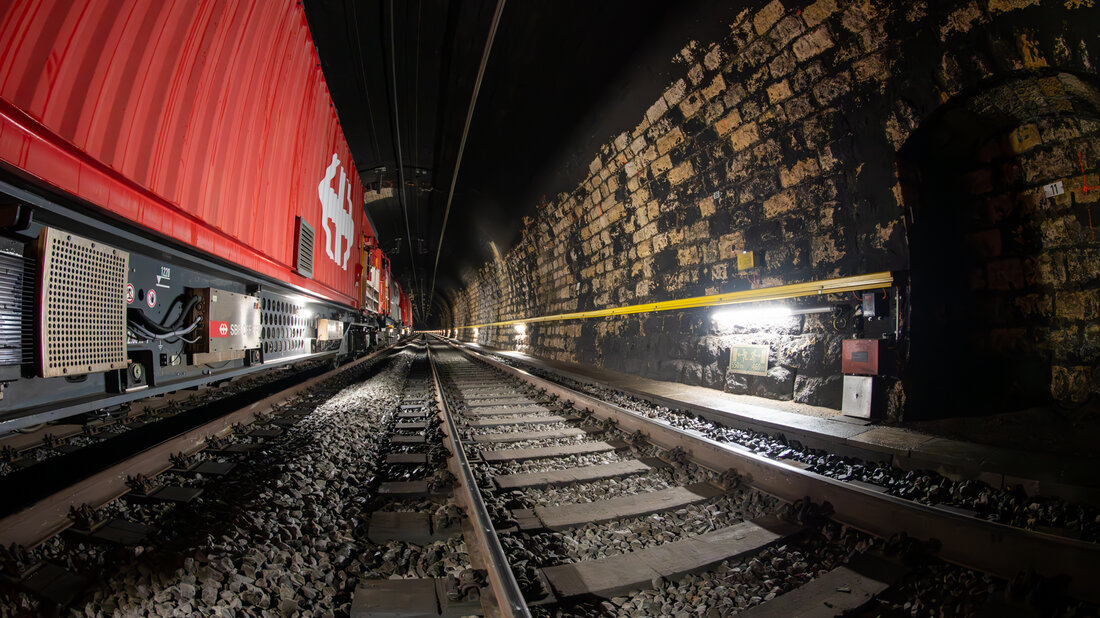
Recommendation: Clear wording!
The new wording reflects a general problem. The «railway service system» has developed its own technical terms, the exact meanings of which are known within the system. However, many of these terms are unfamiliar to the «fire service system», which can lead to severe misunderstandings. The DDT, therefore, recommends that all those involved speak plainly, for example, by asking the railway operations manager exactly what «tracks closed» means in the specific situation and then communicating this meaning to one's own personnel, for example, «Caution, slow-moving emergency vehicles are to be expected in the danger zone».
Other wording in Germany and Austria
The revised wording above only applies to Swiss railway services. For Deutsche Bahn, the phrase «discontinuing railway traffic» is used. The Austrian Federal Railways use terms such as «driving mode» and «operating status». Here, too, the International Fire Academy recommends always speaking plainly to avoid misunderstandings. Firefighters should not be expected to know the exact meaning of railway terminology, so it is always wise to ask colleagues from the railway service.

Textbook «Firefighting Operations in Railway Tunnels» imparts railway knowledge
Our textbook «Firefighting Operations in Railway Tunnels» provides basic knowledge and technical terms relating to railway infrastructure and railway traffic in addition to our Railway Tunnel Firefighting Procedure with its tactics and techniques. The textual information is extensively illustrated by diagrams (see above) and many photos. As a result, the book provides all emergency personnel with operationally relevant information and easy-to-remember images for orientation during operations on railway infrastructure.


